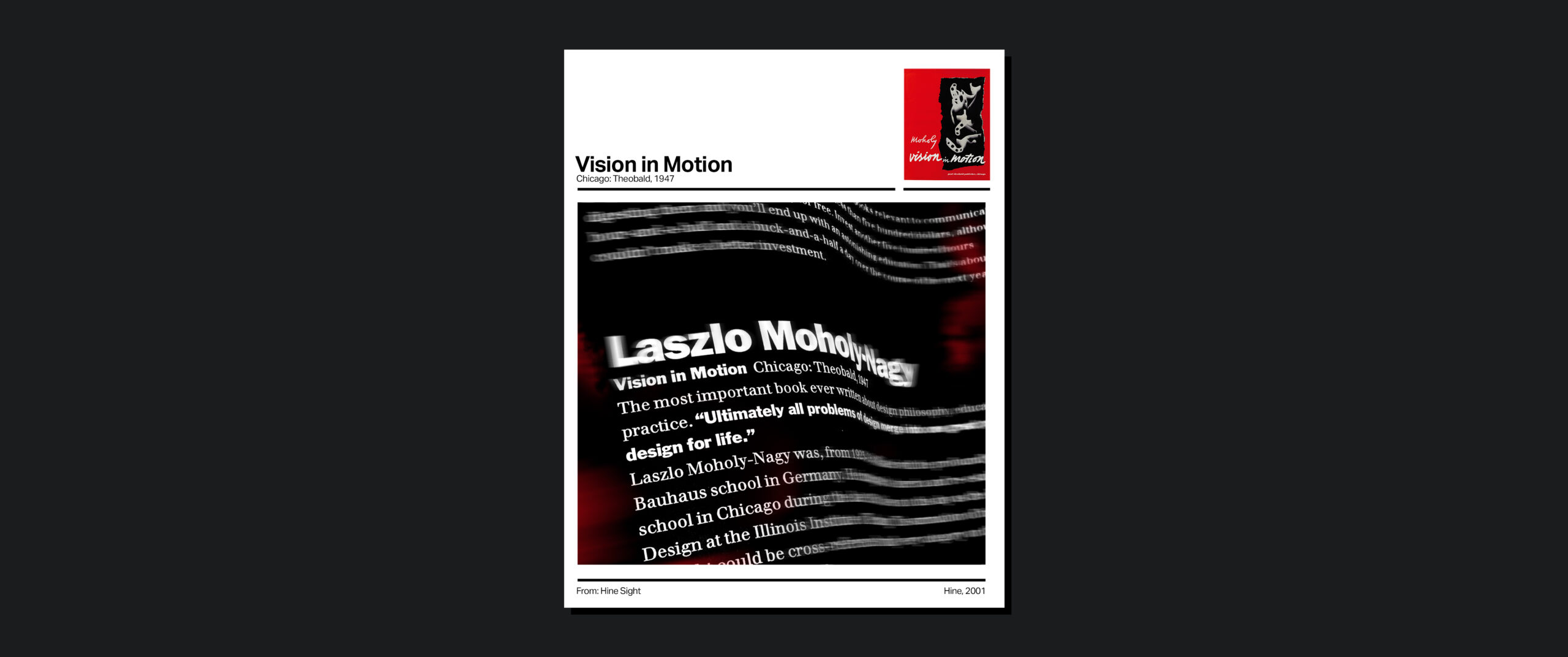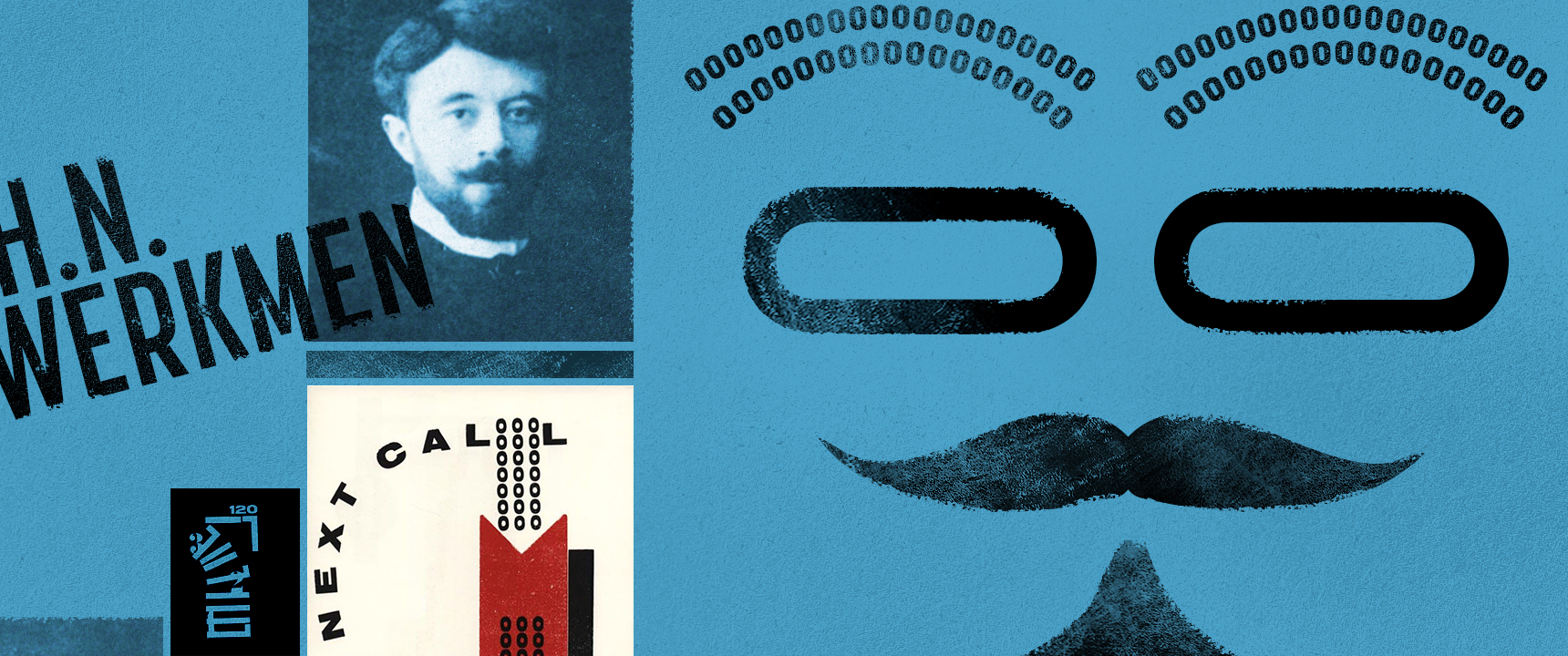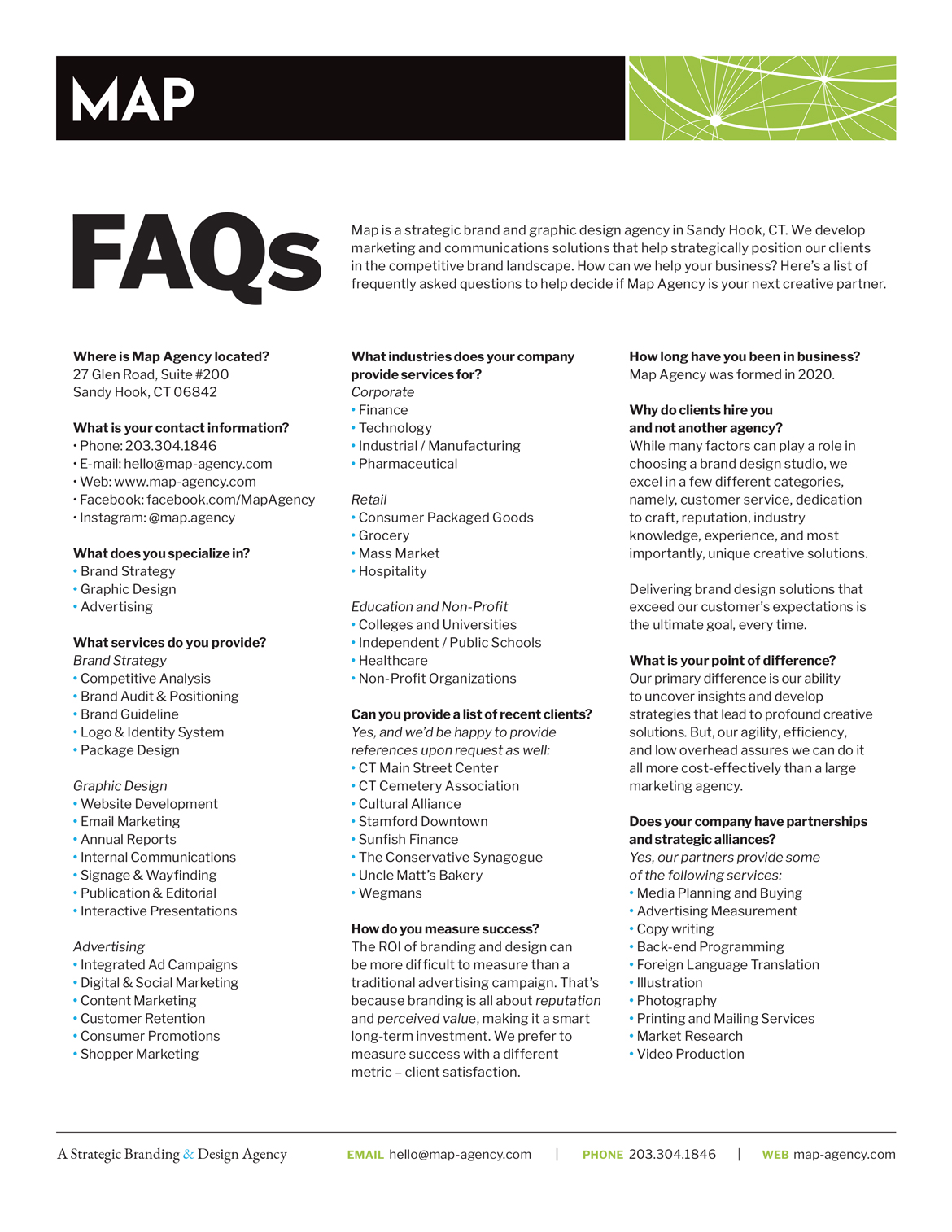I learned practically everything I know about design at my favorite agency in Connecticut, Taylor Design. It was the job I didn’t get coming out of Syracuse University — which made it all the more attractive — and especially rewarding when they hired me two years later.
I spent the next 7 years as a design sponge, soaking up every drop of inspiration from an extremely talented group of creatives. Even then, I was interested in every aspect of creative problem-solving, including the business. When I bluntly asked Dan, the owner, how to run a design studio, he responded with the best advice imaginable. “Keep your eyes open,” he said.
And so I did.
After that, I took an opportunity as an art director at an advertising agency in Westport, Catapult Marketing. This is where I learned about advertising and promotion. The CEO was extremely smart and passionate, and surrounded us with the most brilliant minds in the business. The CCO, Dave Fiore, was a visionary who knew how to challenge the status quo, and squeeze every ounce of creativity from every office. Together, they built a culture of innovative thinking that was both challenging and exhilarating. As is often the case with success, the agency became a hot commodity and, needless to say, it’s not the same company anymore. For a while, though, I’m convinced it was the best advertising agency in Connecticut. How fortunate am I, to have worked at two great companies, and to have learned from two great mentors? What could possibly be next?
To be sure, I was never interested in moving to my next favorite agency. Or the next best.
Looking beyond 2020, it seemed as if remote working would certainly expand the number of opportunities for creatives. A number of great agencies remain in the area as well. But I’ve always been particular and deliberate about the brand of creative problem-solving I get to call my career. And, as practical as I can be, intuition has always informed by best decisions. After two great companies, plenty of planning and internal debate, instinct led me to believe that 2021 would present the greatest opportunity yet.
That’s why I started my own Agency, Map.
As we begin to roll out, I look forward to sharing more about us, our brand of creative and, for those interested, the trials of starting a business in the middle of a pandemic. Our mission is grand: utilize design to make the world a better place. However, the way we intend to do that is modest: retain and build upon the qualities that made my favorite agencies such fantastic places to work. That's the simple plan to hopefully make my next agency, the best.






